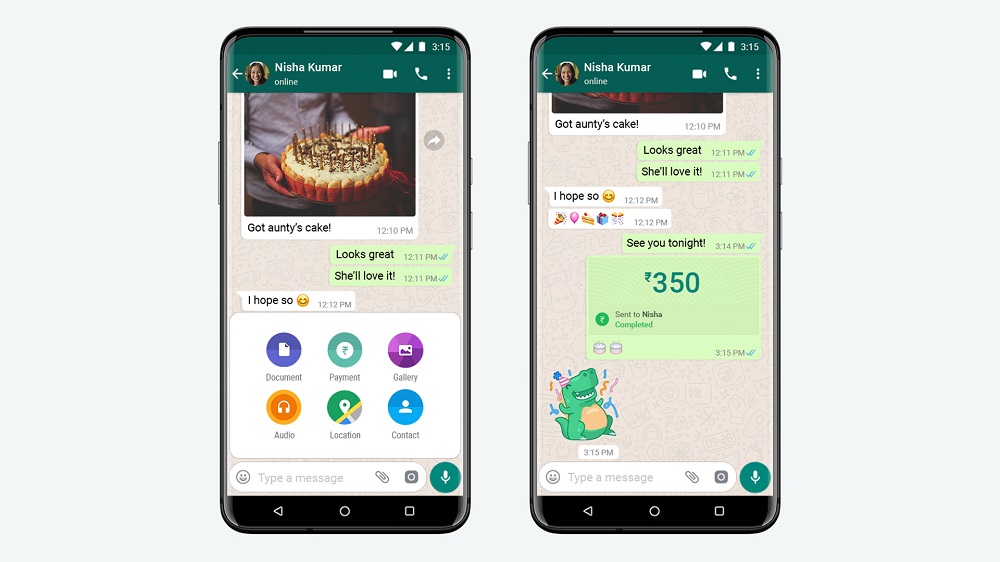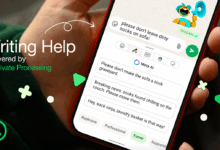
Facebook started testing its WhatsApp payments service in India in 2018 and had failed to launch it on time over regulatory barriers. But recent regulatory approvals from the National Payments Corporation of India (NPCI) has paved way for users in the country to send and receive money via WhatsApp.
Mark Zuckerberg, Facebook CEO and Founder says the payments service makes the process of sending and receiving money as easy as sending a message.
WhatsApp payments service leverages the country’s national payments infrastructure called Unified Payments Interface (UPI). The same is used by Google Pay and Walmart’s PhonePe in India.
NPCI’s UPI infrastructure allows interoperability, enabling users to transfer money between bank accounts in real-time using their mobile phones.
WhatsApp’s payments service however still faces a regulatory hurdle in India. The market regulator imposed new limits on digital payment transactions last week.
According to the regulator, in the future, no single payments app will be permitted to process more than 30% of the total UPI transactions in a month. In other words, digital payment apps cannot grow beyond a specific limit. Google Pay and PhonePe have been granted a two-year grace period to comply but the law will go in effect January 2021.
As for the newly launched WhatsApp payments service, it will be rolled out in a “graded manner” and, for a start, will only be allowed to have a maximum number of twenty million registered UPI users.
Considering India is WhatsApp’s biggest market with over 400million users as of last year, the payment service will only be available to around 5% of the country’s total user base.
The feature is available on the latest version of the app in the country on Android and iOS. Users have to link their Indian registered bank accounts first to use the service.
WhatsApp Pay was first launched in Brazil but the country’s Central Bank suspended the service a week after.
Follow us on Telegram, Twitter, Facebook, or subscribe to our weekly newsletter to ensure you don’t miss out on any future updates.




